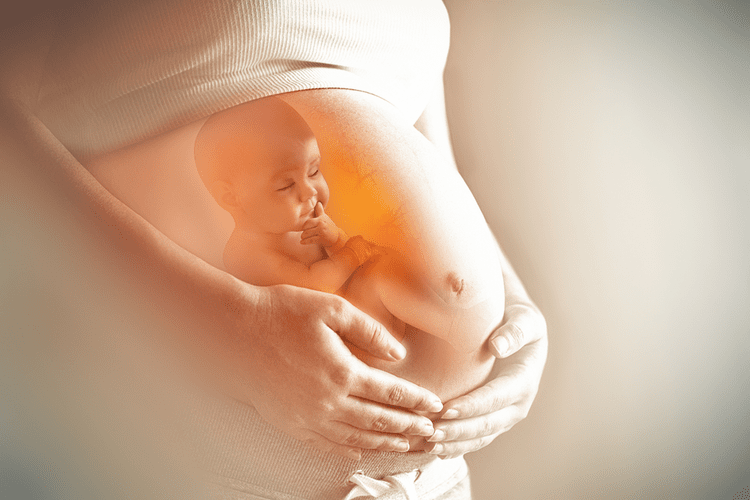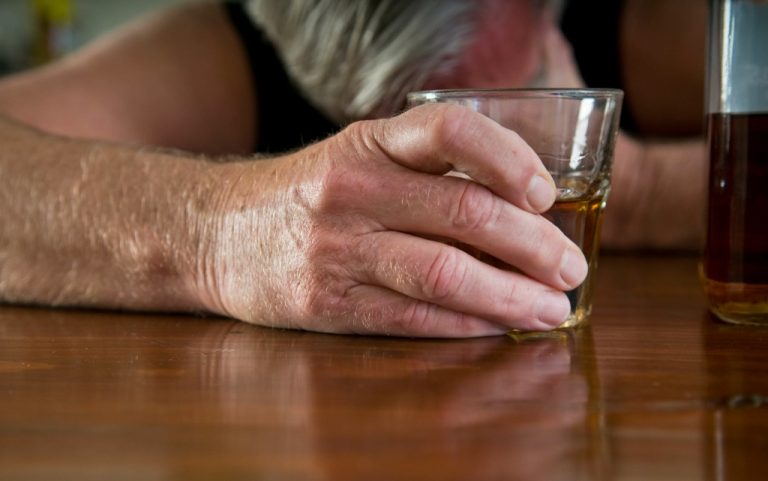Binge drinking involves a pattern of short but heavy bursts of alcohol use. When you drink like this, you consume enough alcohol over the course of two hours to raise your blood alcohol concentration to the legal limit of intoxication (0.08 percent in the U.S.) or higher. That translates to about four or more drinks for an adult female or five or more drinks for an adult male. If you or a loved one are struggling with the consequences of binge drinking alcohol, it may be time to seek help. While frequent binge drinking does not mean a person has an alcohol use disorder, exhibiting many of these signs could indicate a heightened risk. The CDC defines a binge-drinking episode as at least four drinks for women or five drinks for men within a long-term effects of binge drinking two-hour period.
Recovery Begins Here
Binge drinking, characterized by having multiple alcoholic beverages within a two-hour window, can negatively impact multiple areas of a person’s life. There are several options available for people who currently binge drink. These may help them gain control of their drinking habits or even stop drinking altogether. Some options may include finding replacement activities or seeking professional help. And a more recent 2021 study showed that binge drinkers are more likely to also abuse Substance abuse other substances, such as the misuse of prescription drugs.

More in Addiction

Regular binge drinking can lead to serious health complications affecting multiple organ systems. The liver bears much of the burden, potentially developing fatty liver disease or cirrhosis. The cardiovascular system faces https://vetlinkltd.com/what-does-alcohol-smell-like-from-pores-the-answer/ increased risks of high blood pressure and heart disease.
Short-term effects of binge drinking
- Your role is simply to remind them of commitments they made and offer small nudges in the right direction.
- However, not all reports support the link between consuming a specific beverage type (i.e., wine vs. beer or spirits) and health benefits.
- Because alcohol dissolves in water, not in fat, women therefore reach a higher BAC than men after drinking the same amount.
- In 2023, approximately 10.2% of the population, or 28.9 million people, had an alcohol use disorder.
- Keep in mind that people who really care about you will accept your decision.
- Successful efforts typically involve a mix of strategies that target individual students, the student body as a whole, and the broader college community.
Engaging in these recovery processes offers opportunities to rebuild relationships and develop healthier coping strategies, such as coping with stress without substances. By prioritizing mental health and working towards abstinence, individuals can reclaim control over their lives and well-being. “People who binge drink are more likely to develop alcohol use disorder, particularly if they continue to binge drink even if it causes them problems,” Dr. Koob says.

Global prevalence of binge drinking
- There are several options available for people who currently binge drink.
- Nine out of 10 binge drinkers aren’t dependent on alcohol, but doctors and scientists think they’re more likely to develop alcohol use disorder.
- You consent to receive SMS notifications and promotions from Paid Advertiser.
- Excessive alcohol use can harm people who drink and those around them.
- However, alcohol use only ever numbs or mutes these emotions in the short term, rather than helping the person to effectively deal with the root cause of these feelings.
So yes, you might be able to have three or four drinks over the course of two hours without bingeing — but they can’t be pints or double pours. Although it isn’t inherently bad, social drinking has the potential to turn into a binge. Binge drinking can be managed and also be treated with psychosocial interventions. A stay at a residential treatment center allows individuals to fully immerse themselves in their recovery process, free from the distractions and triggers of daily life. By focusing entirely on healing, residents are better equipped to develop the tools needed for lasting sobriety. Sana at Stowe, a luxury rehab center in Vermont, offers medically supervised detox programs that can ensure a safe transition through this challenging phase.
